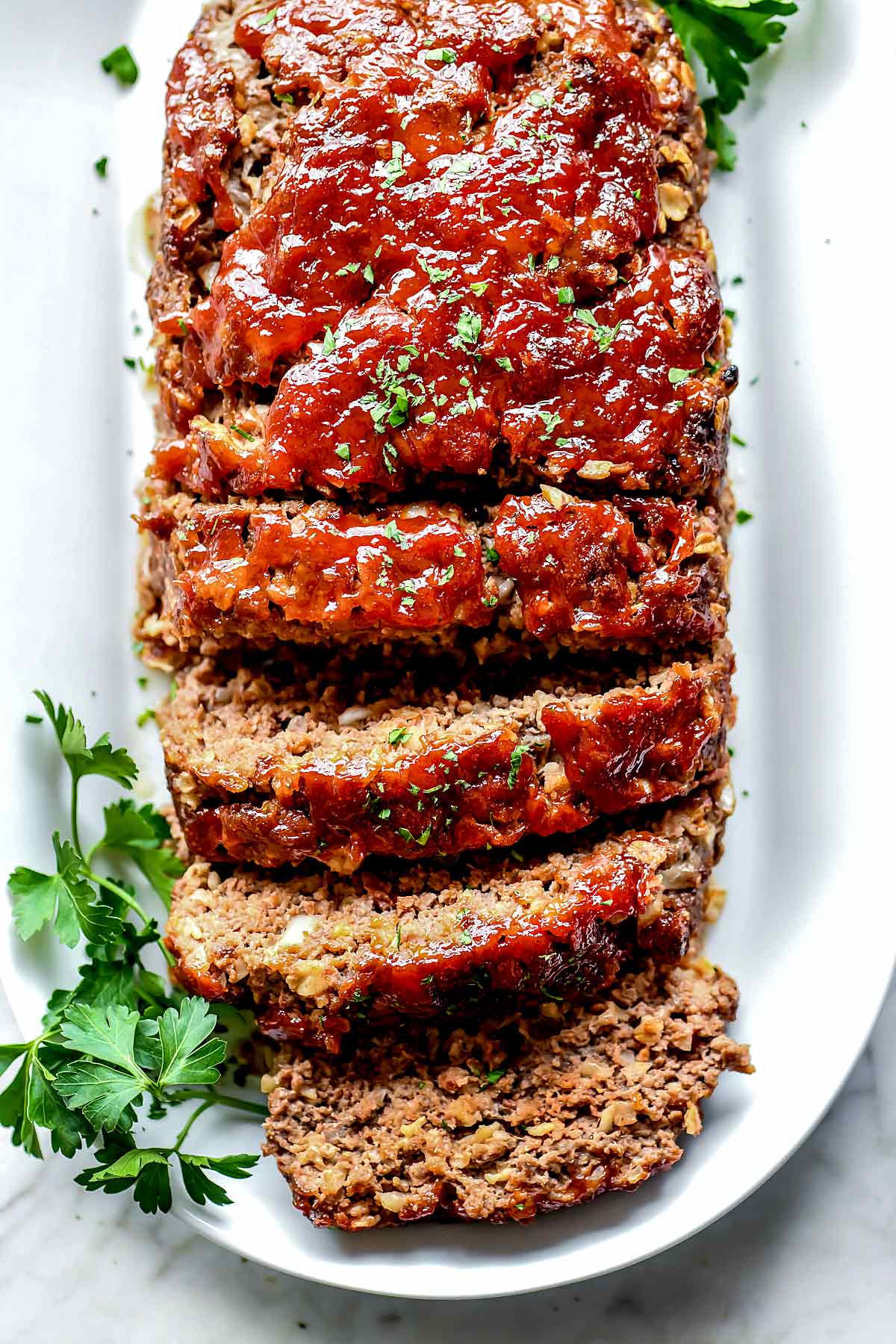The Ultimate Guide on How to Cook Meatloaf: To Cover or Not to Cover?
Hi there, fantastic parents! Everyone knows one of the heartiest, most comforting dishes one can enjoy is a lovely, savory meatloaf. However, when it comes to preparing this traditional favorite, there seems to be one question that continues to stump even the most experienced home chefs: Do you cook meatloaf covered or uncovered?
Making Meatloaf: Unraveling the Covering Conundrum
In this article, we’ll explore both methods and the unique benefits they bring to your family’s dinner table. Don’t stress, friendly folks; we’re about to unravel this meatloaf mystery so you can create the tastiest, moistest meatloaf your family has ever tasted!
Method 1: Cooking Covered Meatloaf
Some advocates for the ‘cooked covered’ method argue that it preserves moisture within the meatloaf, preventing it from drying out, particularly when it comes to leaner meats. If you don’t want to see burns or crusty edges on your meatloaf, this might be the method for you! Also, this method can be beneficial when you add certain toppings or glazes that run the risk of getting torched in the uncovered variant. Let’s dig into the steps of cooking covered meatloaf:
Method 2: Cooking Uncovered Meatloaf
On the other side of the table, we’ve got those who believe cooking the meatloaf uncovered is the way to go. The uncovered method provides a fantastic crust or ‘bark’ we often love on our barbecue dishes, giving your meatloaf an appealing appearance and a delightfully varied texture. Still, there are more considerations to bear in mind with this method, and we’re here to guide you through them!
Remember, the choice between covered or uncovered may end up being a matter of personal preference and the specific characteristics of the meatloaf recipe you are using. So, prepare your favourite apron, sharpen your kitchen skills and let’s delve into the delicious details of cooking meatloaf!

Steps to Cooking Covered Meatloaf
If you’re leaning towards the covered method, follow these simple steps to achieve a juicy meatloaf:
- Prepare your meatloaf mix as per your recipe. Preheat your oven to the desired temperature (generally around 350°F).
- Transfer the meatloaf mix to a loaf pan, ensuring it’s evenly spread out.
- Cover the loaf pan with a layer of foil, making sure it’s secure but not too tight.
- Bake in your preheated oven for the recommended time in your recipe, generally around 45 minutes to an hour for a two-pound loaf.
- Remove the cover for the last 15 minutes of baking to allow the top to brown slightly. If you’re using a glaze, now is the best time to add it.
- Take the meatloaf out of the oven. Allow your meatloaf to rest for about 10-15 minutes before serving to let the juices redistribute.
Steps to Cooking Uncovered Meatloaf
If the prospect of a crispy crust entices you, here’s how to prepare your meatloaf uncovered:
- Mix up your meatloaf ingredients, following your chosen recipe. Preheat your oven as the recipe suggests, usually around 350°F for meatloaf.
- Sculpt your mixture in your loaf pan or on a baking sheet if you want more of a crusty edge.
- Place your meatloaf in the oven, without any cover.
- Bake for approximately one hour, or as long as your recipe requires. You might want to add a tasty glaze in the last 15 or so minutes for added flavor and a beautiful shine.
- Once well-browned and fully cooked, remove the meatloaf from the oven. Allow it to sit for 10-15 minutes before diving in, granting the juices an opportunity to settle and enhancing the dish’s overall flavor.
Conclusion: Make Your Meaty Masterpiece!
Whether you choose to cook your meatloaf covered or uncovered, the important part is to make a delicious dish that you and your family will love. Each method has its benefits, and the choice often comes down to your personal preference. Enjoy the journey of exploring new cooking methods, and revel in the delightful taste that accompanies a well-made, home-cooked meatloaf. Cooking is a joyous journey, delightful folks, so tie on that apron and get to it!
Preparing to Cook Meatloaf: Covered or Uncovered?
It’s one of those questions that can cause a lot of confusion among home cooks, “Should you cook meatloaf covered or uncovered?” Let’s break it down into a simple, digestible answer with five essential facts parents should know.
1. Initiate Uncovered
Begin by cooking your meatloaf uncovered. This is suggested because it allows the meatloaf to create a crispy, delicious exterior.
2. Baking Time and Heat
Have a clear idea about the expected baking time and heat for your meatloaf recipe. The standard rule is baking it at 350 degrees Fahrenheit for an hour.
3. To Cover or Not
If during the baking process you find that the top of the meatloaf is browning too quickly, feel free to place a piece of aluminum foil over it. Doing this prevents the top from getting too brown while the inside continues to cook.
4. Benefits of Cooking Uncovered
Cooking the meatloaf uncovered allows the excess liquid to evaporate, hence concentrating the flavors. It also helps render out any excess fat, which can then be drained off for a healthier end product.
5. Food Safety
Regardless of whether you choose to cover your meatloaf or not, ensure the internal temperature reaches 160 degrees Fahrenheit to be safe for consumption.
In conclusion, it’s up to your personal preference, recipe, and oven behavior whether you should cook your meatloaf covered or uncovered. Just keep a watchful eye on it, and happy cooking!
For more great articles please see here. For more information see here
Disclaimer
The articles available via our website provide general information only and we strongly urge readers to exercise caution and conduct their own thorough research and fact-checking. The information presented should not be taken as absolute truth, and, to the maximum extent permitted by law, we will not be held liable for any inaccuracies or errors in the content. It is essential for individuals to independently verify and validate the information before making any decisions or taking any actions based on the articles.




